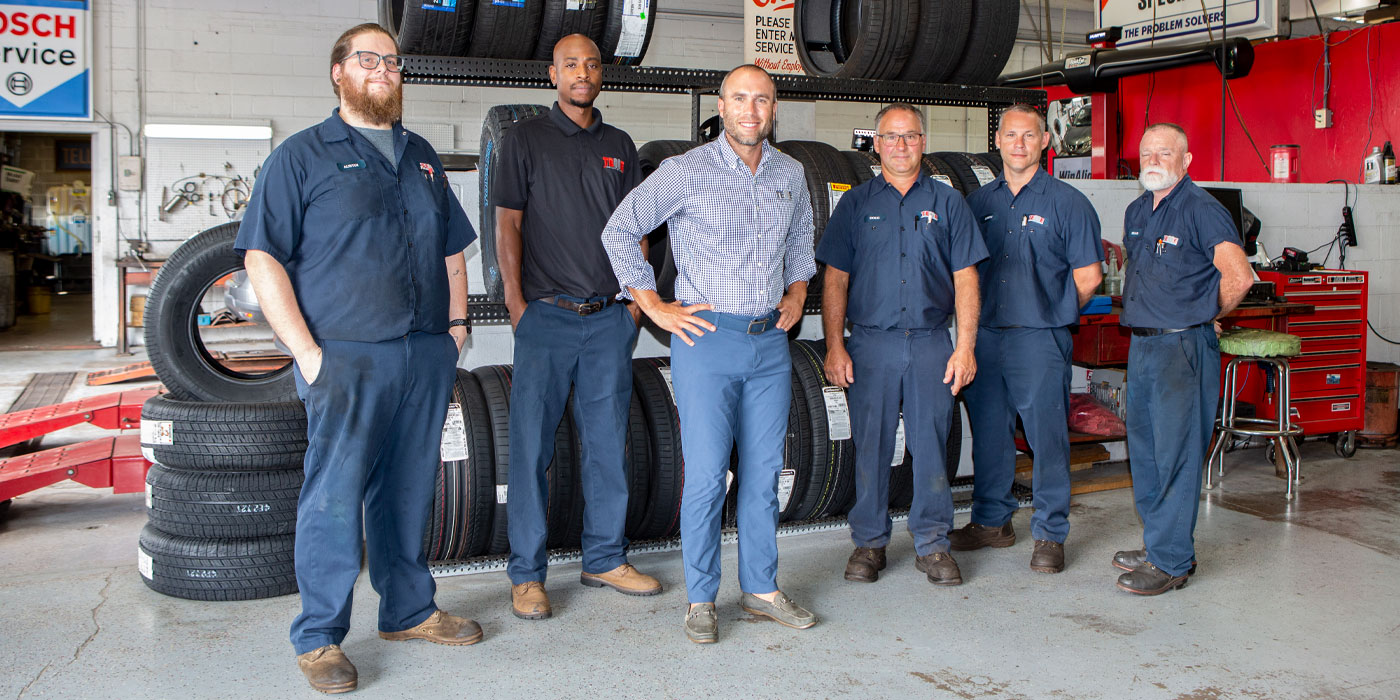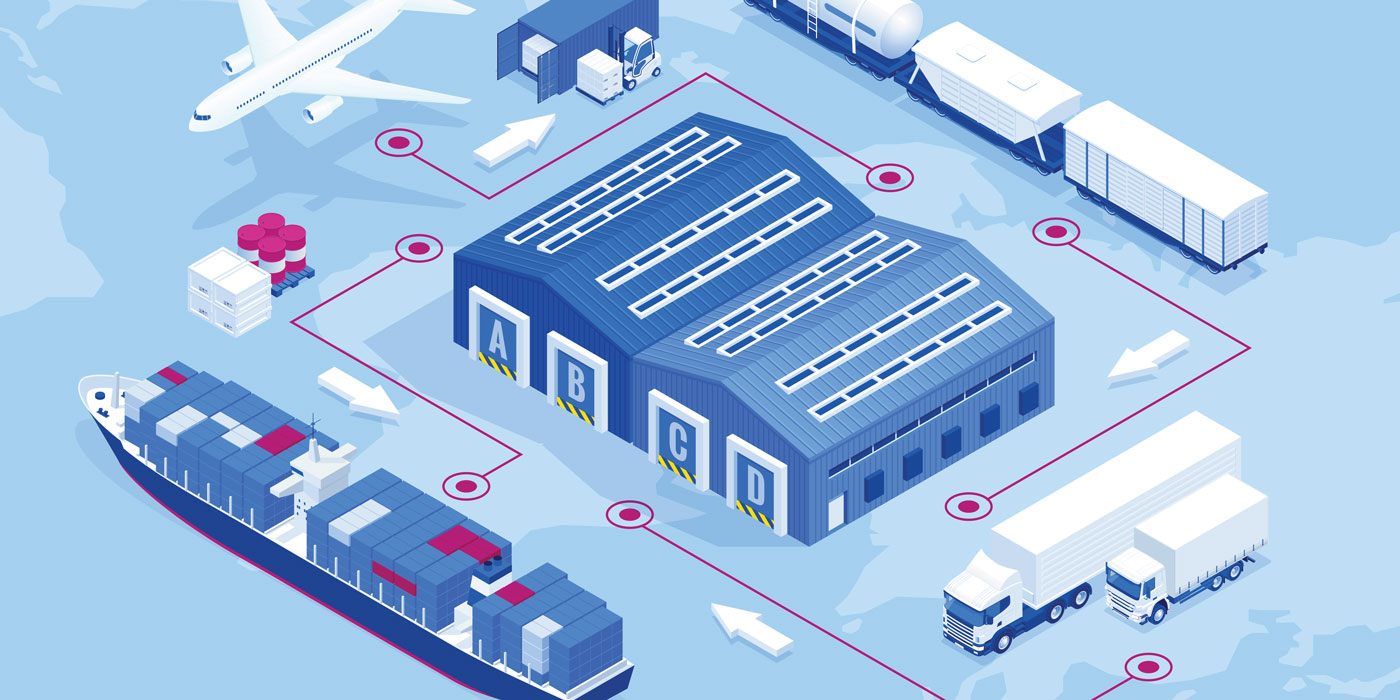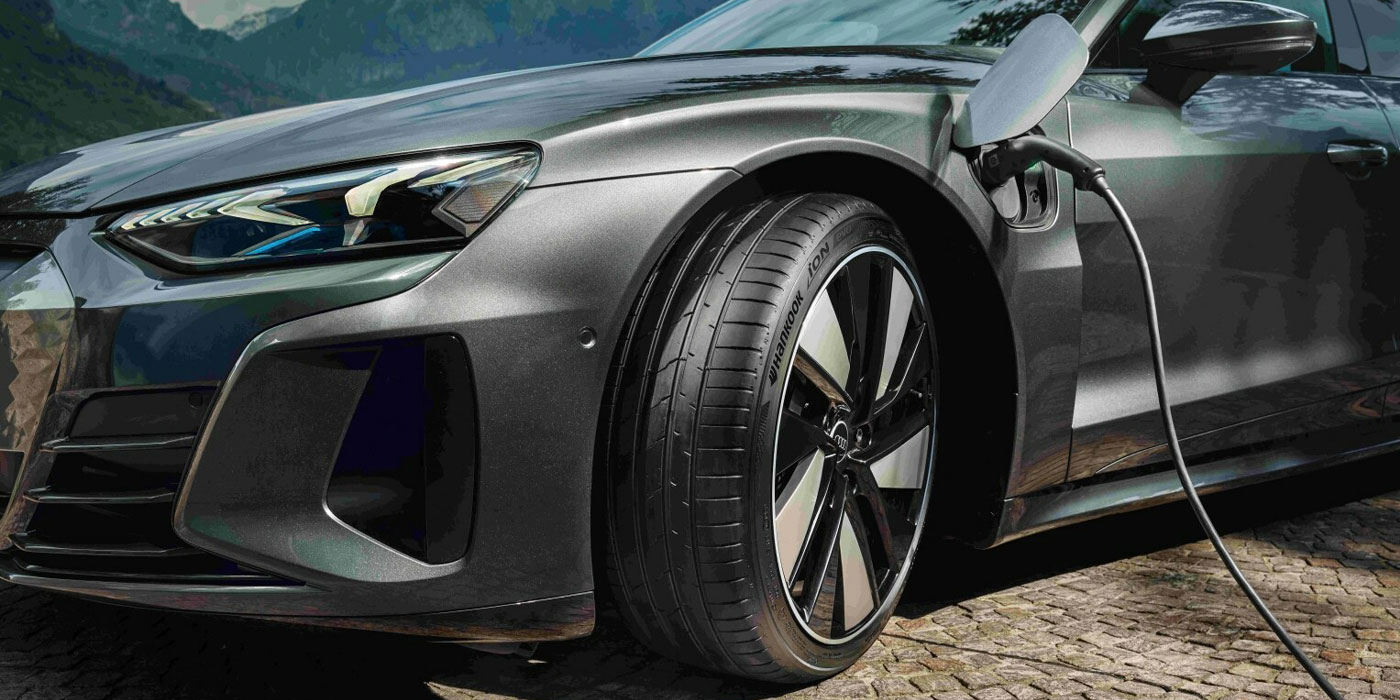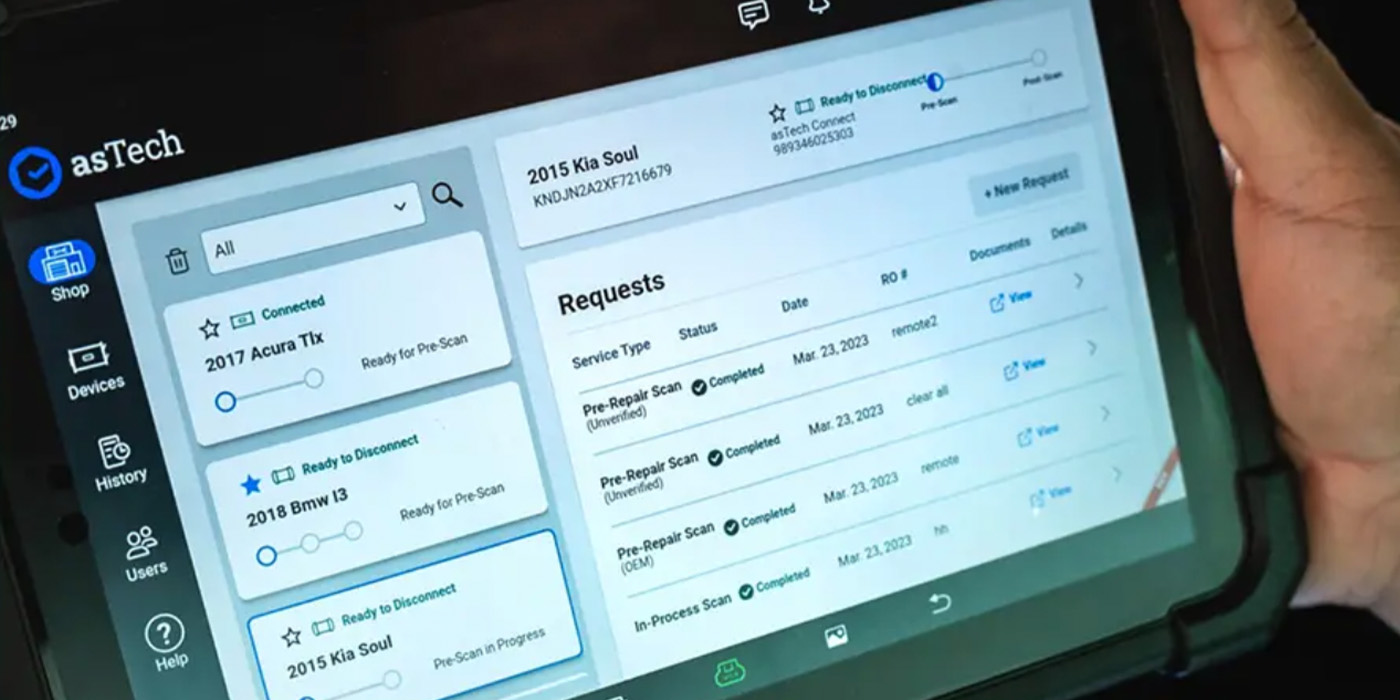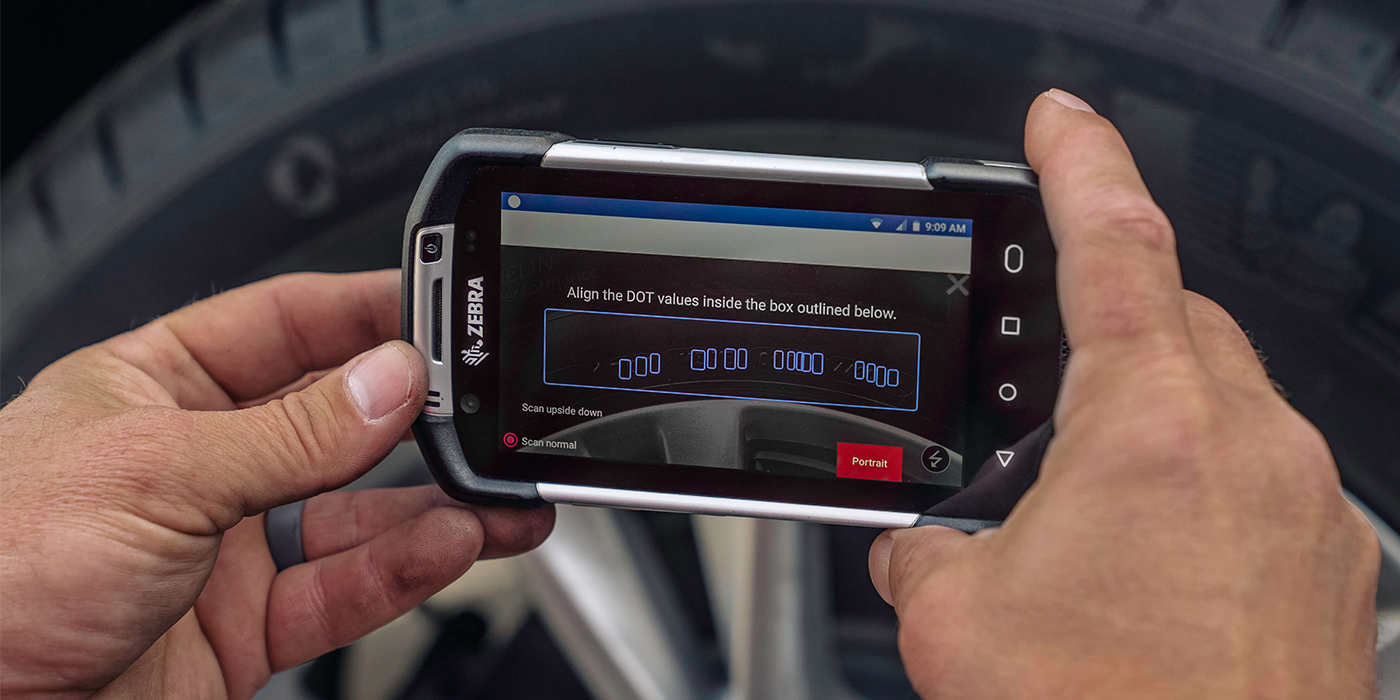In the early 1980s, Bill Gates shared his vision that there would someday be a small computer – a “personal computer” – on every desk and in every home. It was from his passion that Microsoft changed the world. Not long after, Steve Jobs gave a speech at the International Design Conference in Aspen in 1983 where he echoed the Gates prediction that PCs would soon be commonplace. In the same talk, he shared his vision for a future with “mobile” computing devices. He described an “incredibly great computer in a book that you carry around with you,” which sounds a lot like an iPad. It’s worth noting that when these remarks were made, Apple (pre-Macintosh) was in its infancy and the first mobile phone – the Motorola DynaTAC, aka “The Brick” – had yet to be released.
At the time, I remember talking with my friends about the idea of a computer at home. Most thought that a PC would be more of a nice-to-have – like a toaster oven or a Walkman – versus the necessity it has become today. Others claimed it would never happen – it was too expensive and too complex for everyday people to embrace.
Flash forward to 2017. The PC prognostication of the past reminds me of the autonomous vehicle discussions of today. As experts speak about a future with driverless vehicles and connected vehicle components, I notice that some tire dealers who hear the message also regard it as a nice-to-have – a possibility that they doubt will impact them.
Yet, similar to the concept of a computer in every home, a future with self-driving vehicles is closer than you may realize. Based the accelerated rate of the adoption of new ideas, I expect it will come faster than most tire dealers currently anticipate – like in the next 24 months.
Richard Smallwood, president and CEO of Sumitomo Rubber North America and executive officer of Sumitomo Rubber Industries Ltd., presented a keynote on the topic of connected vehicles and the future of mobility at TIA’s Tire Industry Honors evening prior to the Global Tire Expo and the SEMA Show in Las Vegas. Like Gates and Jobs in the early ‘80s, Smallwood shared his view of what’s to come.
To sum things up, disruption is upon us. Here are the highlights:
- By roughly 2020, driverless and/or fully autonomous vehicles (AVs) will be rolling out from Audi, Tesla, Volkswagen, GM, Toyota, Nissan, Ford and BMW – among others.
- Trends to watch include technology companies partnering with vehicle/transportation companies in increasing numbers.
- Private vehicle ownership will drop significantly as AVs increase in popularity.
- Passenger AV adoption will start as a solution to the inconvenience and frustration of city driving (and parking) and will eventually migrate out into suburban communities.
- Vehicle manufacturers will evolve into mobility providers.
- Tire dealers will need to take a “fleet approach” to vehicle service as shared ownership of vehicles becomes more common.
- Tire choice has the potential of being further commoditized as brand preference will be secondary to functionality, technology and economy. Longer tread life and comfort will be increasingly important.
- Vehicle maintenance and tire replacement will become more routine and will be managed at regular intervals.
- Sensors will decide when the tires are in need of attention instead of consumers performing coin test to measure wear or driving (literally) down to the wire.
About a week after Smallwood’s remarks, the company reportedly revealed their “smart tire roadmap” at the Tokyo Motor Show, announcing plans to start production of a new, advanced tire. The new design will include “active tread” technology to adjust tire functionality to road conditions during automated driving, plus technology that allows tires to behave like sensors in tandem with a vehicle’s braking system. The tires will also have the ability to collect data to support future R&D and vehicle control performance – perhaps even connecting with and informing other vehicles when road conditions change.
While at SEMA, I also had an opportunity to talk with Neal Ganguli, Deloitte Consulting’s U.S. automotive practice leader. I asked him what trends he’s seeing when it comes to connected vehicles. He said tire dealers can expect the stress on the tires to increase since the cars will be heavier due to the weight of the electric fuel cells. He also said dealers should begin to focus on mobility solutions, taking more of a fleet approach. He added that it’s anyone’s guess when the driverless-vehicle trend will reach its tipping point, but there certainly is massive disruption approaching – especially once the infrastructure within regions catches up with the already accelerating advances in vehicle technology.
All of this begs the question: What can your shop do to keep up?
- Consider adding language like “providing mobility solutions” and preparing for fleet-type service in addition to your traditional go-to-market approach.
- Make a commitment to keep up with sensor technology and repairs of advanced vehicles, and be sure to keep your technicians up to speed.
- Get involved in the industry now. Engage with your state associations. Keep up on information from TIA. Talk to your state and national representatives about legislative issues of impact. And stop being so frugal – tire industry groups are going to need your support (both time and money) to protect your right to work on those advanced vehicles. Stay silent and you risk the new-car dealers and manufacturer-owned stores driving you out of business when it comes the service and support of driverless vehicles.
Driverless vehicles are on the way, so let’s take the wheel together to navigate the changes to come.




